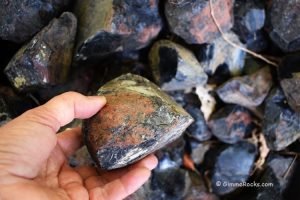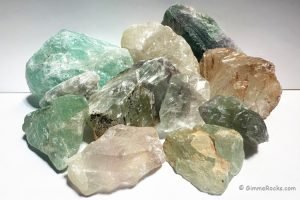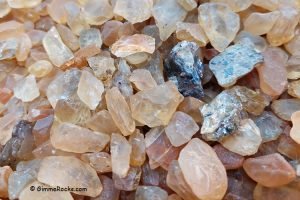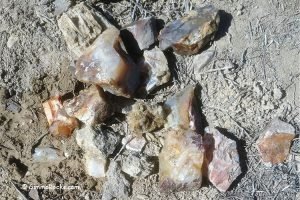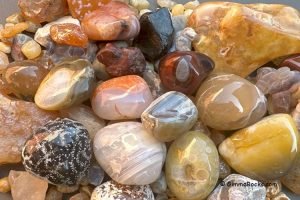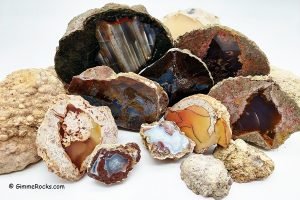Apache Tears are small, rounded obsidian stones, also known as "obsidianites," formed from volcanic glass. Typically black or dark-colored, they are often translucent when held up to light. These stones are found in areas with past volcanic activity. Collectors prize them for their unique appearance and the Native American legend that associates them with mourning and loss.
Apache Tear Localities - Where to Find Apache Tears?
Apache Tears are commonly found in regions where ancient lava flows occurred. Below is several prominent locations in the U.S. where you can discover these unique specimens, along with other nearby minerals.
Arizona
Arnett Canyon: This area is a spot for Apache Tears, often embedded in perlite deposits near the historic Old Perlite Mine.
Colorado
Ruby Mountains: Besides Apache Tears, this area is known for garnet and topaz.
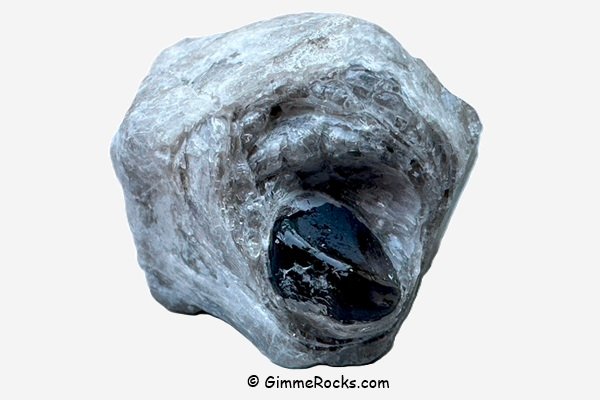
Nevada
Crow Springs: Popular for its extensive deposits of obsidian and obsidianite.
Fish Lake Valley: This central Nevada desert, shaped by its volcanic past, offers excellent opportunities for finding Apache Tears.
Virgin Valley: Located in northwestern Nevada, this area is celebrated for its rich obsidian deposits, including Apache Tears.
New Mexico
Grants Ridge (Cibola National Forest): A mountainous desert where you can also find topaz and garnet alongside Apache Tears.
Santa Fe National Forest: Known for its diverse mineral offerings, including Apache Tears, obsidian, and moonstone.
.

Oregon
Rome: This remote area in eastern Oregon is not only a source of Apache Tears but is also snakeskin agates and green opal.
Vale: Apache Tears can be easily located off Highway 20, making it a convenient spot for collectors.
Utah
Obsidian Hill: A great location for uncovering both Apache Tears and high-quality obsidian specimens.
Interactive Map of Apache Tear and Obsidian Collection Sites
Disclaimer
The Gimme Rocks website ("We") provides information on various rock and mineral collection sites. Please note that the information may change anytime, and we cannot guarantee its accuracy or currency. Some collecting areas are located near mine claims or private lands, and it is your responsibility to determine the land status and applicable collection rules.
Be aware that GPS truck navigators and app-based driving directions may not always be accurate. Additionally, cell service may be unavailable in some remote regions.

